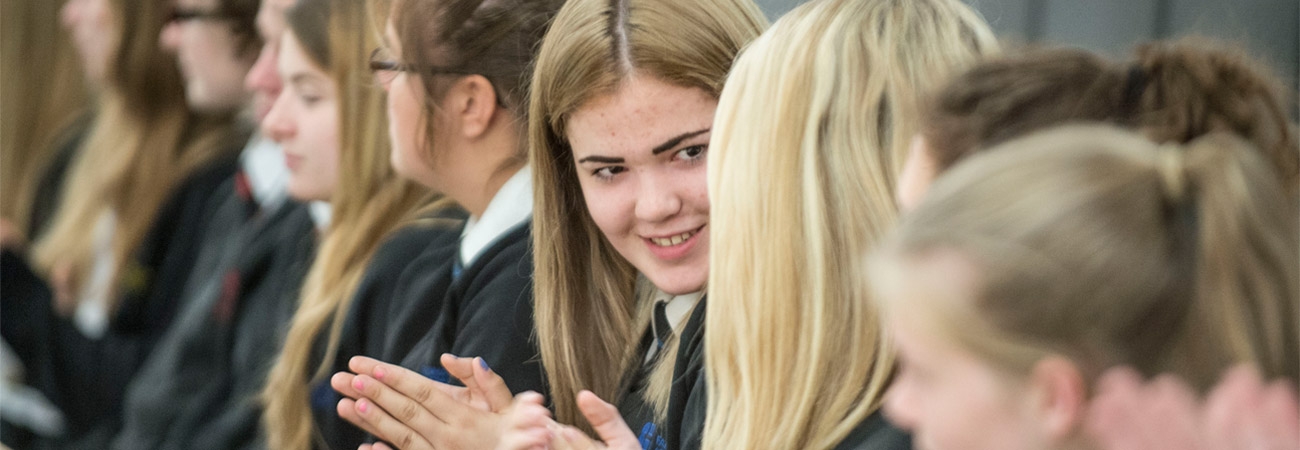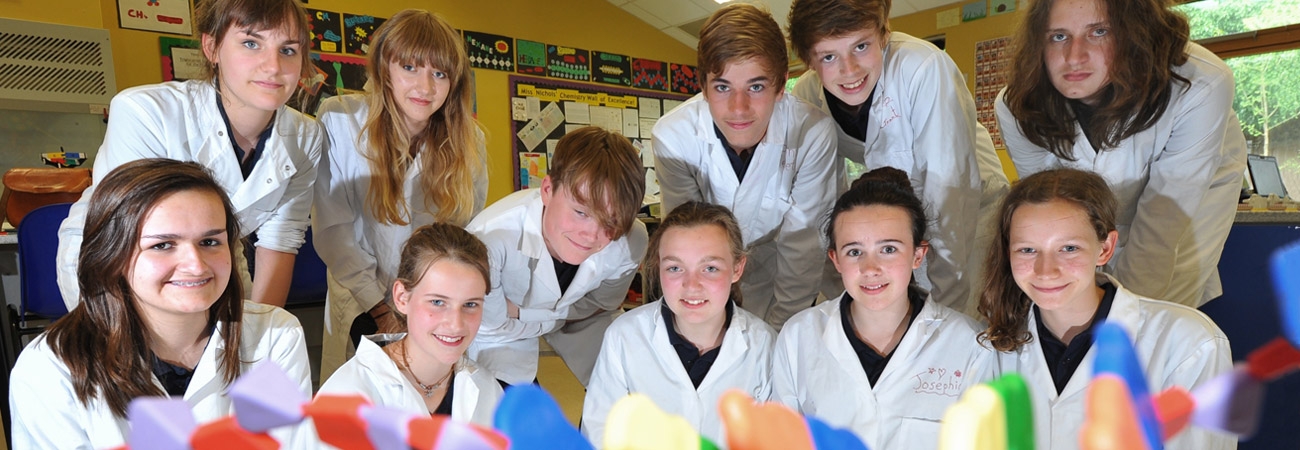Inspiring the next generation
In this strand you are expected to either work directly with other young people or to produce and present communication materials who’s target audience is young people. The aim of this strand is for you to inspire your peers and younger students to engage with and be inspired by STEMM. Your audience can be the same age as yourself or younger. By undertaking activities in this strand, you will become a role model to younger students.The requirements
You must complete at least 10 hours of contact over the course of the award.
You must work with at least two different groups of students.
Those groups must be from at least two different organisations (one can be your own school).
You are encouraged to work with students no more than 2 Key Stages younger than your own, i.e. If you’re in KS4 they will ideally be from KS2 or 3.
You must complete at least 20 hours of contact over the course of the award.
You must work with at least two different groups of students.
Those groups must be from at least two different organisations (one can be your own school).
You are encouraged to work with students no more than 2 Key Stages younger than your own, i.e. If you’re in KS4 they will ideally be from KS2 or 3.
You must develop a novel project or STEMM activity for younger students.
You must complete at least 30 hours of contact over the course of the award.
You must mentor at least two younger students.
You must work with at least two different groups of students, groups must be from at least two different organisations (one can be your own school).
You must teach some STEMM content to other students.
You must develop a novel project or STEMM activity for younger students.
You are encouraged to work with students no more than 2 Key Stages younger than your own, i.e. If you’re in KS4 they will ideally be from KS2 or 3.
Example activities
You could produce a stand for a school event targeted at younger students.

You could present on a STEMM topic to your own class or year group.

You could help a younger student by providing feedback on a piece of STEMM-related work.

You could deliver an interactive session to a class of younger students – on your own or as part of a team.

You could mentor a younger student either in a STEMM subject or by working with them on creating a presentation or event.

You could help a teacher by supporting during a lesson.










